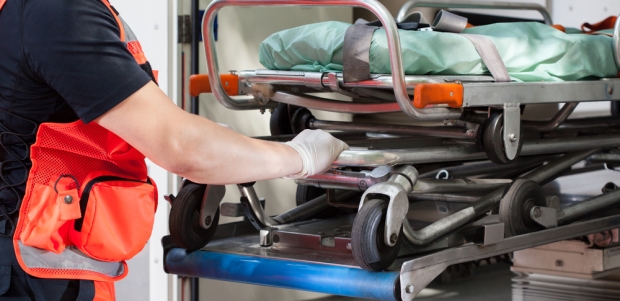
Year 1 of Recordkeeping Changes: More Than 10,000 Severe Injuries Reported
"In case after case, the prompt reporting of worker injuries has created opportunities for us to work with employers we wouldn't have had contact with otherwise," said Assistant Secretary of Labor for Occupational Safety and Health Dr. David Michaels, author of OSHA's report.
OSHA's chief, Assistant Secretary of Labor for Occupational Safety and Health Dr. David Michaels, expressed optimism March 17 about how covered employers responded after OSHA implemented changes in its injury and illness reporting and recordkeeping rule last year. Most employers cooperated with OSHA to fix hazards, although some tried to hide them, according to the first-year report he wrote.
Since Jan. 1, 2015, employers have been required to report any severe work-related injury – a hospitalization, amputation, or loss of an eye – within 24 hours. The requirement that employers report any workplace fatality within eight hours has remained in place. According to the report, employers reported 10,388 severe injuries, including 7,636 hospitalizations and 2,644 amputations, during the first year the requirements were in effect. In most of those cases, OSHA responded by working with the employer to identify and eliminate hazards rather than conducting a work site inspection.
"In case after case, the prompt reporting of worker injuries has created opportunities for us to work with employers we wouldn't have had contact with otherwise," Michaels said. "The result is safer workplaces for thousands of workers."
OSHA reported that it found some employers exceeded the agency's requirements to protect workers from future incidents. "Unfortunately, a few responded with callous disregard. One manufacturer tried to hide an entire room full of machinery from OSHA inspectors," according to the agency's news release.
The report breaks out the top 25 reporting industries, including multiple construction segments, the Postal Service, grocery stores, warehousing and storage, and sawmills. It shows the industries experiencing the most severe injuries were not necessarily the ones experiencing the most amputations: While manufacturing was responsible for 26 percent of severe injuries during the year, it accounted for 57 percent of the reported amputations. Construction was responsible for 19 percent of reported severe injuries but 10 percent of reported amputations. Oil & gas extraction was responsible for 3 percent of reported severe injuries and 4 percent of reported amputations.
OSHA believes the reported information helps it better target resources where they are needed and also engage employers in high-hazard industries to identify and eliminate hazards; the report indicates the requirement is meeting both goals. "OSHA will continue to evaluate the program and make changes to improve its effectiveness. We are also seeking new ways to make sure that small employers know about their reporting obligations and the resources available to them," it says.
For more information bout how to report injuries, visit www.osha.gov/report.html.